Interesting Facts About Steel
Steel is a derivative of iron which is sourced from the ground. It is excavated in ore (rock) form. Iron is the most abundant metal on earth. It is an amazing substance! By mixing in different elements and heating and cooling it in different ways, you can create surprisingly different properties and expand its uses.
How many different types of steel are there?
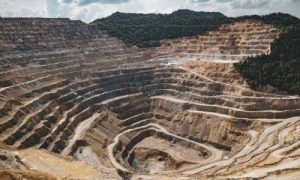
Steel is not a single product. There are more than 3,500 different grades of steel with many different physical, chemical and environmental properties. Approximately 75% of modern steels have been developed in the past 20 years.

If the Eiffel Tower were to be rebuilt today, the engineers would only need one-third of steel of the puddled wrought iron that was originally used!
This is because the wrought iron is a lot denser than the alloy steels they use today and less steel would be required for the build, allowing for the same strength properties that the tower currently boasts.
It is a similar story with modern cars. They are now manufactured using steels that are much stronger, yet they are sometimes more than 25% lighter than previously used steels.
How is steel made?
Most steel is made via one of two basic routes:
Integrated (blast furnace and basic oxygen furnace)
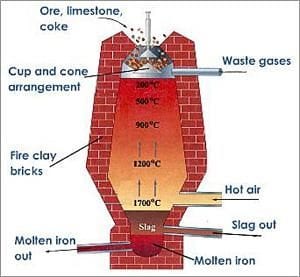
The integrated route uses raw materials (that is, iron ore, limestone and coke) and scrap metal to create steel.
Electric arc furnace (EAF)

The EAF method uses scrap metal as its principal input. Steel can be produced by other methods such as open hearth. However, the amount of steel produced by these methods decreases every year due to better, greener and more efficient modern practices.
How much Steel is Produced in a Year?
World crude steel production reached 1,414 million metric tonnes (mmt) in 2010. This was an increase of 15% on the previous year and a new world record at the time. These rises continue with the crude steel production globally reaching 1,808.6 million metric tonnes (mmt) in 2018. This was up 4.6% in comparison to the year previous.
Is steel environmentally friendly?
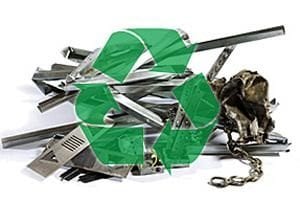
Steel is very friendly to the environment. It is completely recyclable, possesses great durability, and, compared to other materials, requires relatively low amounts of energy to produce in today’s producing and manufacturing methods.
Can steel be recycled?
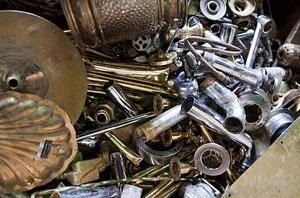
Steel is the world’s most recycled material. Steel’s unique magnetic properties make it an easy material to recover from the waste stream to be recycled. The properties of steel remain unchanged no matter how many times the steel is recycled.
External or merchant scrap metal can contain some residual (tramp) elements such as copper and tin. Internal scrap (known as arising scrap) in steel processing plants do not contain residual elements although they will often have high sulphur content and will have to be re-blast furnaced to remedy this.
Steelmakers are selective in their purchasing of scrap metal. They manage the input of different quality scraps and use processes to eliminate or reduce the levels of tramp elements.
Such treatment is a normal part of the steelmaking process and ensures that all steel recovered can be reused to make new steel.
Who invented steel?
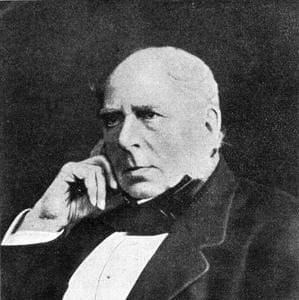
It is not known who ‘discovered’ or produced the first steel. Since 200 BC, many cultures have produced steel in one form or another.
A British inventor, Henry Bessemer (pictured), is generally credited with the invention of the first technique to mass produce steel in the mid 1850’s.
Steel is still produced using technology based on the Bessemer Process of blowing air through molten pig iron to oxidise the material and separate impurities.
Why does steel rust?
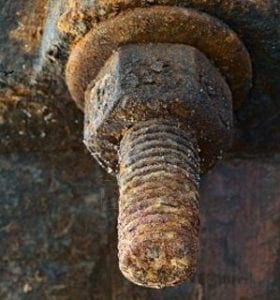
Many elements and materials go through chemical reactions with other elements. When steel comes into contact with water and oxygen there is a chemical reaction and the steel begins to revert to its original form – iron oxide.






